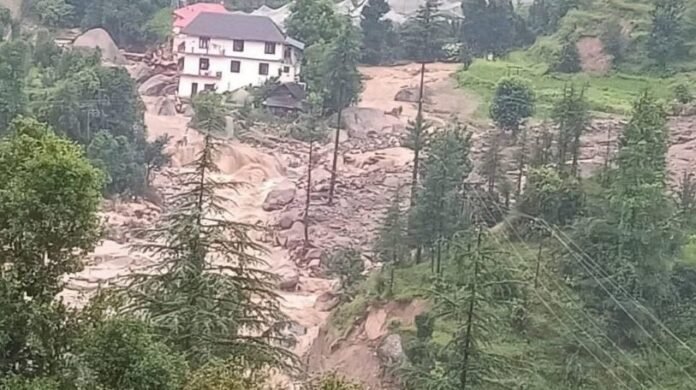The majestic Himalayan states of India are currently grappling with the formidable and destructive power of an exceptionally severe monsoon season. Himachal Pradesh, in particular, is enduring a catastrophic natural disaster, with relentless heavy rainfall unleashing widespread floods and devastating landslides that have tragically claimed the lives of at least 78 individuals. The sheer scale of the deluge has crippled infrastructure, isolated communities, and brought daily life to a standstill across significant portions of the picturesque hill state. Roads have been washed away, bridges damaged, and homes submerged or destroyed, leaving behind a trail of immense physical and emotional wreckage. Rescue and relief operations are in full swing, but the continuous downpour and treacherous terrain are severely impeding efforts to reach remote areas and assist those most affected.
Adding to the regional crisis, neighboring Uttarakhand has issued a high alert, bracing for a similar onslaught of extreme weather conditions. The India Meteorological Department (IMD) and the Geological Survey of India (GSI) have specifically warned of a high likelihood of landslides in four key districts – Tehri, Uttarkashi, Rudraprayag, and Chamoli – over the coming days. The already swollen rivers and tributaries, like the Alaknanda in Rudraprayag, are flowing dangerously high, with visuals showing vital ghats submerged and even a 15-foot-tall Shiv idol consumed by the rising waters. The Kedarnath Dham Yatra, a revered pilgrimage, has been temporarily halted due to damage to pedestrian tracks, underscoring the immediate threat to human life and safety.
The escalating intensity and frequency of these extreme weather events in the Himalayan region are serving as a stark and urgent reminder of the profound impacts of climate change. Vulnerable ecosystems and populations are bearing the brunt of erratic and powerful monsoons, necessitating robust and proactive disaster preparedness strategies. Both state governments are coordinating with central agencies, deploying emergency response teams, and issuing advisories to citizens to ensure maximum safety and minimize further casualties. The current situation demands not only immediate relief and rescue but also a long-term commitment to building climate-resilient infrastructure and implementing comprehensive land-use planning to mitigate the escalating risks posed by a changing climate to these ecologically sensitive and densely populated mountain regions.
This is a web-generated news story.





